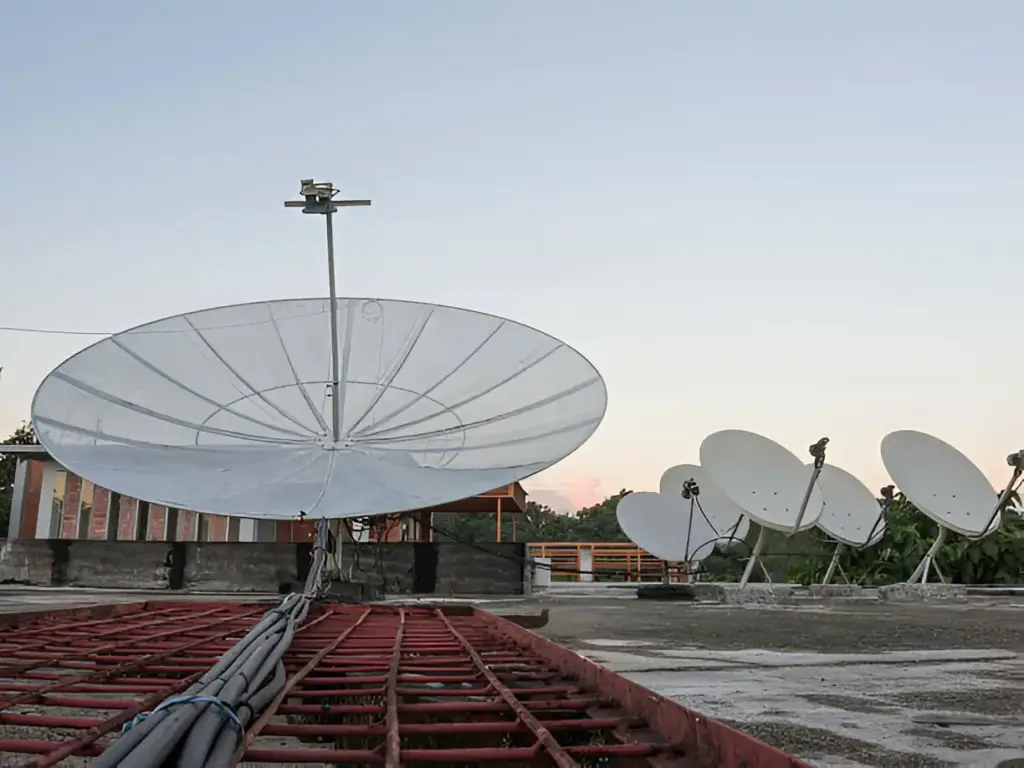It would be awful to finally get to watch your favourite show and find that the signal is weak and fuzzy. For clear and consistent reception, it is important to install your antenna system correctly, but it can be hard to do it right. To help you set up your antenna systems, this blog post will give you the five best tips.
1. Choose the Right Antenna
To get the best performance from your antenna system, start by choosing the right antenna. Consider what you need based on your location and signal requirements.
For example, if you want to receive TV channels over the air, choose a TV antenna that’s designed for that purpose. If you live far from broadcast towers, a larger, outdoor antenna might be necessary.
Check the specifications to ensure the antenna can pick up the frequencies you want. Choosing the right antenna helps ensure you get clear and reliable signals for your devices.
2. Select an Optimal Location
When putting antennas inside, try putting them near windows or on high shelves. For outdoor antennas, mount them on the roof or an elevated pole to avoid interference.
Make sure the location has a clear line of sight to the broadcast towers. An optimal location improves signal strength and ensures better performance from your antenna system.
3. Install the Antenna Properly
Proper installation of your antenna ensures it works effectively and safely. Follow the manufacturer’s instructions carefully, whether you’re installing an indoor or outdoor antenna.
To keep indoor antennas in place, use suction cups or stands. For outdoor antennas, mount them securely on a mast or pole and ensure they are firmly attached to prevent movement.
4. Use the Right Cables and Connectors
Using the right cables and connectors is important for a strong and clear signal. Choose high-quality coaxial cables designed for your antenna system. Avoid using old or damaged cables, as they can degrade signal quality. Connectors should fit tightly and be properly shielded to prevent signal interference.
For example, use F-type connectors for TV antennas and ensure they are securely attached to both the antenna and your TV or receiver. Proper cables and connectors ensure stable signal transmission and help you get the most out of your antenna system.
5. Adjust for Optimal Signal Reception
Adjusting your antenna for optimal signal reception helps you get the best possible picture and sound quality. Once the antenna is installed, use your TV or receiver to scan for channels.
If the signal is weak or there are missing channels, adjust the antenna’s position or angle slightly and scan again. For outdoor antennas, you may need to make small adjustments to the direction or height.
You can use a signal strength meter to find the best position for maximum signal reception.
Achieve Successful Installation of Antenna Systems
Whether you’re a DIY enthusiast or considering professional assistance, taking the right steps will ensure you enjoy clear and uninterrupted signal reception. For expert advice and high-quality solutions, check out WINSIG. With the right approach and resources, you’ll achieve a successful installation and enjoy superior connectivity.
